The death of the pharma sales rep has been greatly exaggerated, however, the role of the sales rep is headed for big changes.
Healthcare providers are choosing multiple channels to receive their information on pharma products, which could lead to the assumption that pharma sales reps could soon be a thing of the past. However, our experts say sales reps will continue to have a crucial role in communicating drug information to physicians, but the ways in which they connect with the customer are changing dramatically. The traditional reach and frequency model will some day be obsolete, and sales reps will instead spend more time coordinating custom communications delivered through multiple channels targeting individual physicians.
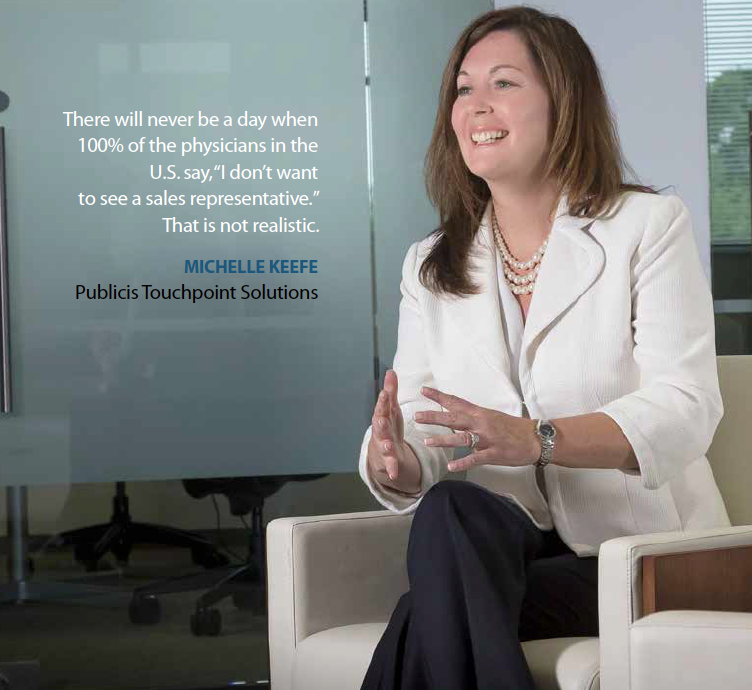 Sales reps will take on an evolving role that includes identifying physicians’ preferences, coordinating all communications efforts accordingly across channels and functions, and ensuring brand messages are delivered where and when physicians want them. In the past, inside sales and service reps have operated independently of the sales rep, but tomorrow’s physician will require cross-functional communications and the field rep will take the lead in coordinating the content, channels, and timing of the messages.
Sales reps will take on an evolving role that includes identifying physicians’ preferences, coordinating all communications efforts accordingly across channels and functions, and ensuring brand messages are delivered where and when physicians want them. In the past, inside sales and service reps have operated independently of the sales rep, but tomorrow’s physician will require cross-functional communications and the field rep will take the lead in coordinating the content, channels, and timing of the messages.
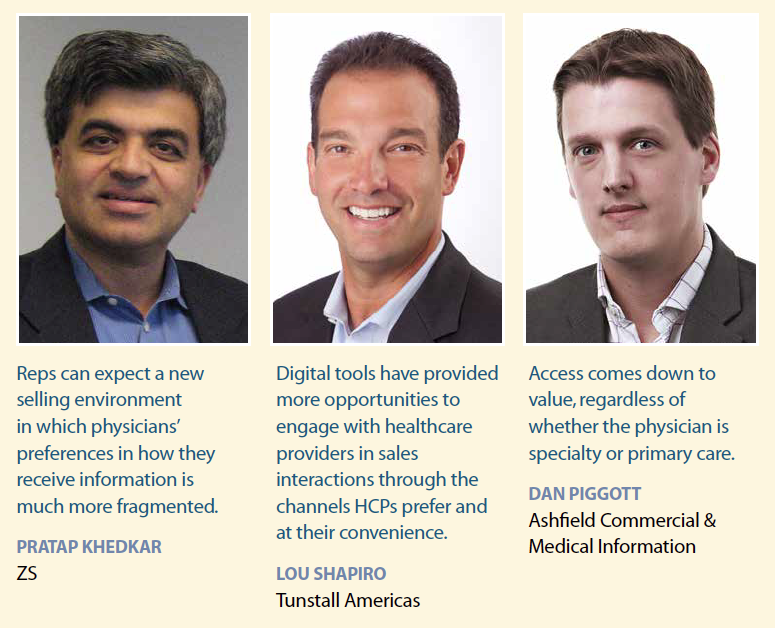 “Digital tools have provided more opportunities to engage with HCPs in sales interactions through the channels healthcare providers prefer and at their convenience," says Lou Shapiro, senior VP, Tunstall Americas. “This model will continue to grow and evolve as new technologies are available."
“Digital tools have provided more opportunities to engage with HCPs in sales interactions through the channels healthcare providers prefer and at their convenience," says Lou Shapiro, senior VP, Tunstall Americas. “This model will continue to grow and evolve as new technologies are available."
According to our experts, this model should be considered the best practice for successfully engaging with physicians in the very near future. Digital practices will not take the place of the field sales rep, but rather supplement his or her efforts.
In 2005, the number of pharma sales reps totaled 102,000; today that number is closer to 63,000, according to ZS’ 2014 AffinityMonitor report. The 38% reduction in reps over the past nine years has caused many people to predict that the work of the professional sales representative is over, but Pratap Khedkar, managing principal at ZS, says this is not the case.
“The main driver in the reduction of the number of reps stems from a decline in products coming from company pipelines, and that downward trend has gone fairly flat in the past couple years," he says. “I expect in the next five to 10 years there will be a slight upswing in the number of sales reps, because drug portfolios are changing."
~~~~~~~~~~~~~~~~~~~~~~~~~
Fast Fact
The number of pharma sales reps in the United States has dropped 38% in the past nine years, but the use of other channels has steadily increased.
~~~~~~~~~~~~~~~~~~~~~~~~~
Current trends in drug research away from blockbusters to more promising large molecules will drive a need for more reps, Mr. Khedkar says.
For example, there are currently almost 960 molecules and indications in Phase III trials in cancer therapy, he says, so there is much optimism for new launches in the future. However, sales reps will not be hired in the droves reminiscent of the past, because specialty drugs — or niche busters as they are sometimes called — do not require a large number of reps to cover the smaller numbers of specialists who might prescribe such a drug.
“For example, there are only 14,000 to 15,000 oncologists in the United States, so the number of reps needed to cover all of them is very small — maybe 200 max — quite different from the thousands who were hired in the past to launch a blockbuster," he says.
Despite the high percentage of no-see docs — almost 45% of prescribers restrict sales rep access — reports show that physicians still want to see reps and that access is increasing for the first time in years.
According to a recent Publicis Touchpoint Solutions’ report, physician interest in meeting with sales representatives is stronger than it has been in the past five or six years.
The report identifies 2014 as the tipping point year when physicians started opening their doors to representatives again; more than half of the 245 Sermo physicians surveyed for the report stated they were open to accepting more sales representative visits. This is the first time since 2008 that a majority of survey respondents reported to want more or significantly more traditional primary care sales representatives to call on them. The growth curve is steady and substantial — an increase of 14% since 2012 and 40% since 2010.
ZS discovered similar findings in its report. At least 30% of physicians value face-to-face meetings with a field rep as their first preference to receiving information; another 16% value rep meetings as their second and third choice. However, these physicians are also increasingly looking to receive information from other channels, such as phone, email, direct mail, online chat, video chat, and virtual meetings.
The Rep Role is Evolving, ?Not Dissolving
The availability of different channels, as well as physicians’ increased use of them could lead some people to predict that in the future, face-to-face interactions with physicians will be unnecessary. However, Michelle Keefe, president at Publicis Touchpoint Solutions, believes that there will always be a need for field sales representatives, no matter how many other channels are available to physicians.
“No more sales representatives is an extremist view, and based on our own survey results, one that is untrue," she says “Physicians are not saying they do not want to see representative, so I don’t believe that the role of the sales rep will go away, but we will see a diversification in communications with customers. There will no longer be silos and the representatives will be the primary person who facilitates delivering information to the healthcare provider through the variety of channels each physician prefers. I don’t think there will ever be a day where 100% of the physicians in the United States say, I don’t want to see a sales representative. That is not realistic."
“Sales reps are still a preferred channel with roughly one-third of physicians preferring a rep over other means, but digital push and digital pull formats are coming up fast," Mr. Khedkar says. “And reps can expect a new selling environment where physicians are becoming much more fragmented in their preferences for how they receive information; some like reps, some like other channels, and some like to use multiple channels."
According to Mr. Shapiro, today’s environment requires a matrix model that drives sales interactions through the channels healthcare providers prefer and at their convenience. The challenge is to integrate all of the sales channels — tele-detailing, e-detailing, and websites — to offer information and disseminate promotional messages that are impactful and complementary.
“Tele-sales solutions such as call center or Skype calls, are flexible and provide valuable sales interactions," he says. “Call center agents have the ability to develop relationships with healthcare providers and their offices, and they can customize their interactions in ways that meet the needs of individual HCPs and practices."
Additionally, tele-sales programs can extend the reach and frequency of sales calls, particularly in vacant territories, areas with a low density of field representation, or in reaching practices with limited sales rep access. Tele-sales programs can also reach healthcare professionals such as nurses, physician assistants, social workers, and pharmacists who have a significant impact on patient behavior and are influential members of the care team.
Physicians across the board are expecting more from the industry in terms of the value exchange so clinically trained reps will need to go above and beyond the basic messaging and sampling techniques to provide a more meaningful dialogue, says Dan Piggott, CEO, Ashfield Commercial & Medical Information.
“It comes down to value, regardless of whether the physician is a specialty or primary care," he says. “To have a positive impact on access, reps will need to provide a more relevant clinical conversation as well as services and solutions that help physicians in caring for their patients."
Time-crunched physicians may grant access, but they will also demand high value from the visit. The environment healthcare providers practice in is rapidly changing, and HCPs are seeing more patients on a daily basis.
“There is unrelenting pressure to increase sales and deliver value," Mr. Shapiro says. “HCPs have less time for in-office interactions with company sales representatives, and a consequence of this is that HCPs only meet with sales representatives who provide value to their practice."
“Increasingly, more physicians want and expect to be called on by healthcare representatives but those representatives better bring their ‘A’ game," Ms. Keefe says. “Representatives will need to fully understand what information is relevant to each physician, especially now that they are very focused on the ACA, health outcomes, and prevention of disease."
Ideally, CRM platforms will integrate information from all channels, and appropriately elevate requests and provide the ability to identify and highlight insights into the needs and challenges the reps customers have that their product or company might be able to solve, Mr. Shapiro says.
The new pharma representative will act as a “quarterback" who strategically manages engagement with a group of healthcare providers that includes a variety of in-person and virtual channels, such as contact center representatives, Ms. Keefe says.
Some companies using this new breed of representative call them hybrid teams, according to Ms. Keefe, and they are able to conduct live video conversations with the same level of interaction as a face-to-face visit. They will coordinate the messages and the channels for each physician, and use all channels available to provide the best service that aligns with physician preferences.“It will be interesting to see how quickly this will be adopted. We do know of a couple manufacturers that are deploying those types of representatives to meet the needs of physicians in more unique ways than they have in the past."
Mr. Piggott tells us that he proposed such a model with cross-functional communication between units to one of his pharma clients a little over a year ago.
At that time the response was: ‘We don’t work like that. We don’t even know who works in those other departments.’ Today, this same company is using coordinated multichannel efforts that all work together.
“Some of those silos are coming down as companies are recognizing that they need to use more channels," Mr. Piggott says.
Many companies have been using two or three channels to reach the physician, but few have coordinated activities across five or six channels.
“This is the model of the future," Mr. Piggott says. “Whether it is telephone, online chat, virtual meeting, or video live chat, we see sitting down with the brand team and identifying customer segments and preferences and aligning the channels to the preferences of the customer. Being able to provide this customization as a service will be an important part of any brand’s sales and marketing tactics." (PV)
~~~~~~~~~~~~~~~~~~~~~~~~~
Physicians Seek Patient Engagement Solutions ?from Pharma
According to Decision Resources Group’s new Manhattan Research study, ePharma Physician 2014, physicians are looking to pharmaceutical companies to help them keep patients engaged in their healthcare by providing patient services. The study shows strong physician interest in patient support and resources from pharma, along with an expectation that the industry will take a leadership role in developing tools to help keep patients on track and improve patient outcomes.
Key findings from the study include:
- Seven of 10 ePharma physicians somewhat or strongly agreed that pharma companies must provide more resources and services alongside drugs and treatments to stay relevant in the emerging healthcare system.
- 35% of ePharma physicians said pharma companies have a key role to play in -driving progress in defining and meeting patient outcomes.
- One in five ePharma physicians strongly agreed that they were interested in using patient resources from pharma that would help them meet patient outcomes goals.
- Sales reps are the top source from which ePharma physicians want to learn about patient support and resources from pharma, followed by professional -journals or websites intended for a healthcare professional audience and by email newsletters from pharma.
~~~~~~~~~~~~~~~~~~~~~~~~~
Multi-channel Strategies ?Include Inside Sales and ?Service Teams
Many life-sciences companies are augmenting their field sales teams with an array of inside message delivery teams. These inside teams can supplement field initiatives and be available to dialogue with HCPs on demand and at times when traditional field representatives are not typically available. Examples include:
- Live Video Detailing: Inside professional sales representatives (with field-level training) conduct live, person-to-person details using the Web and phone. HCPs see and hear sales representatives via webcam links, and the representatives hear HCPs on the phone.
During video details, sales representatives display appropriate client-approved content on healthcare providers’ computers. Most live video details last on average more than 10 minutes in length and are scheduled or initiated, on demand, by healthcare providers who click a brand-site Web link. - TeleDetailing: Experienced contact center sales representatives use their advanced training to deliver key product messages to target prescribers accurately.
- Inside Credentialed Sales Specialists: Phone-based HCPs (eg, PharmDs, RPhs, RNs, MDs) engage oncologists and other high-level targets in complex, one-on-one clinical product discussions, particularly in institutional settings.
- Vacant Territory and White Space Management: Comprehensive vacant territory and white space management can ensure coverage when a field sales representative is not available. Companies using a variety of highly customizable vacancy management programs can use a combination of teleDetailing, teleService, and live video detailing.
Source: Publicis Touchpoint Solutions
~~~~~~~~~~~~~~~~~~~~~~~~~
By the Numbers: Physician Preferences
- 15% of physicians have pushed back on reps but are quite open to other means.
- 25% of healthcare providers will engage with pharma through both personal and non-personal channels.
- 23% of healthcare providers are fine with seeing reps and are not involved in the other channels.
- 35% of all healthcare providers in the United States can be reached through digital channels.
- 37% like neither reps nor non personal channels and prefer to get their info from other sources.
- 38% of physicians are likely to engage with a pharma rep via either personal or non-personal communication channels — but not both.
- 67% of HCPs are more likely to engage (e.g., open email, allow rep access, respond to direct mail) when a patient service, such as samples, vouchers, or co-pay assistance, is built into the physician communication.
- 81% of physicians demonstrate a clear preference for specific types of offers, independent of the channel used to communicate this offer. Prescribers are more likely to engage with communications that include their preferred offer type, whether that is a patient service or clinical information from a peer.
Source: ZS’ 2014 AffinityMonitor Report
~~~~~~~~~~~~~~~~~~~~~~~~~
Thought leader quotes:
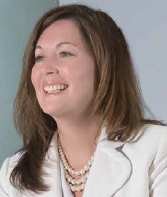
There will never be a day when ?100% of the physicians in the U.S. say, “I don’t want ?to see a sales representative." That is not realistic.
Michelle Keefe / Publicis Touchpoint Solutions
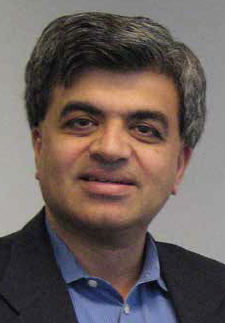 Reps can expect a new selling environment in which physicians’ preferences in how they receive information is much more fragmented.
Reps can expect a new selling environment in which physicians’ preferences in how they receive information is much more fragmented.
Pratap Khedkar / ZS
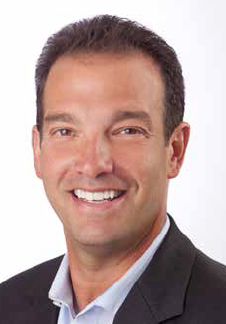 Digital tools have provided more opportunities to engage with healthcare providers in sales interactions through the channels HCPs prefer and at their convenience.
Digital tools have provided more opportunities to engage with healthcare providers in sales interactions through the channels HCPs prefer and at their convenience.
Lou Shapiro / Tunstall Americas
 Access comes down to value, regardless of whether the physician is specialty or primary care.
Access comes down to value, regardless of whether the physician is specialty or primary care.
Dan Piggott / Ashfield Commercial & ?Medical Information
~~~~~~~~~~~~~~~~~~~~~~~~~


















